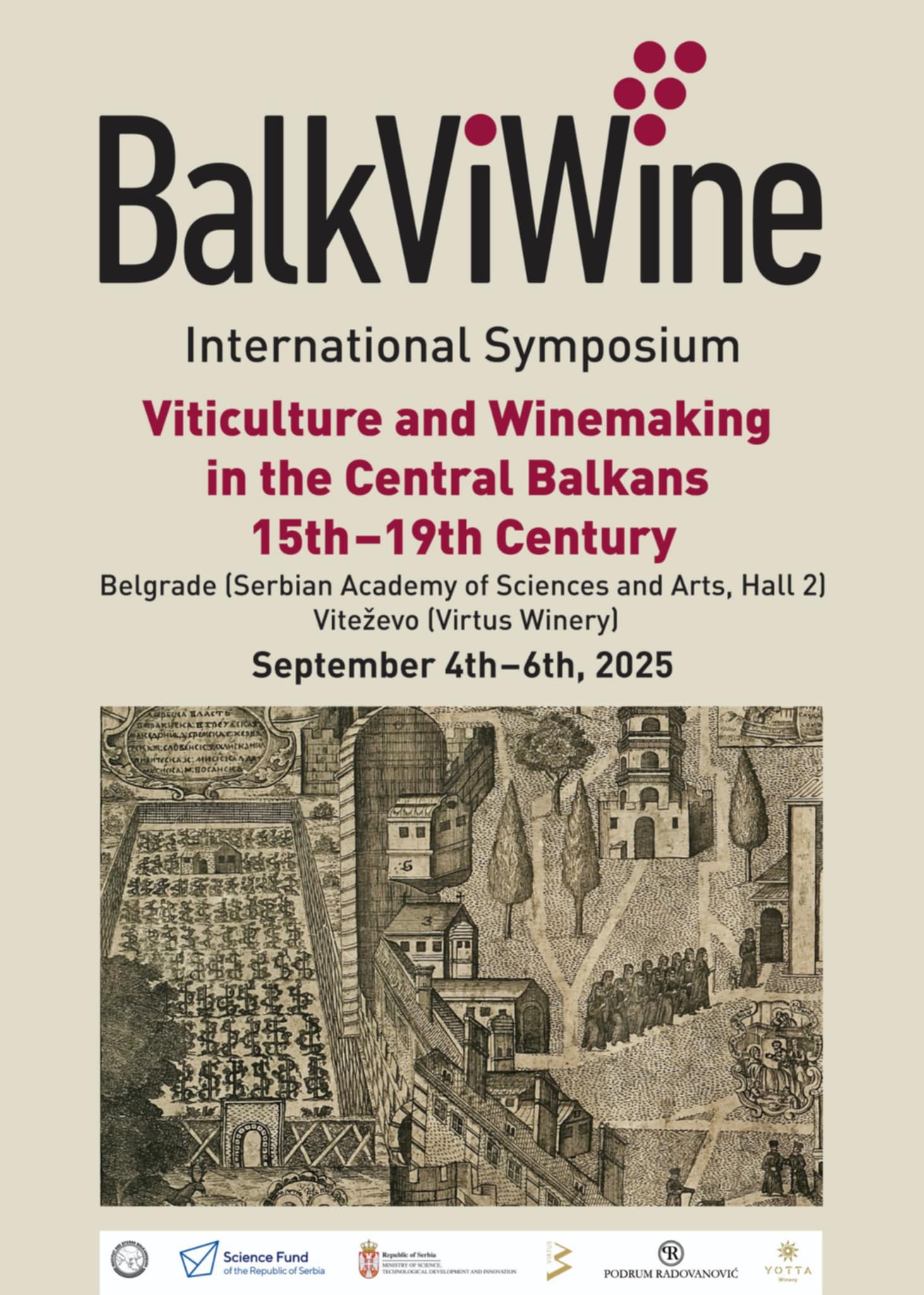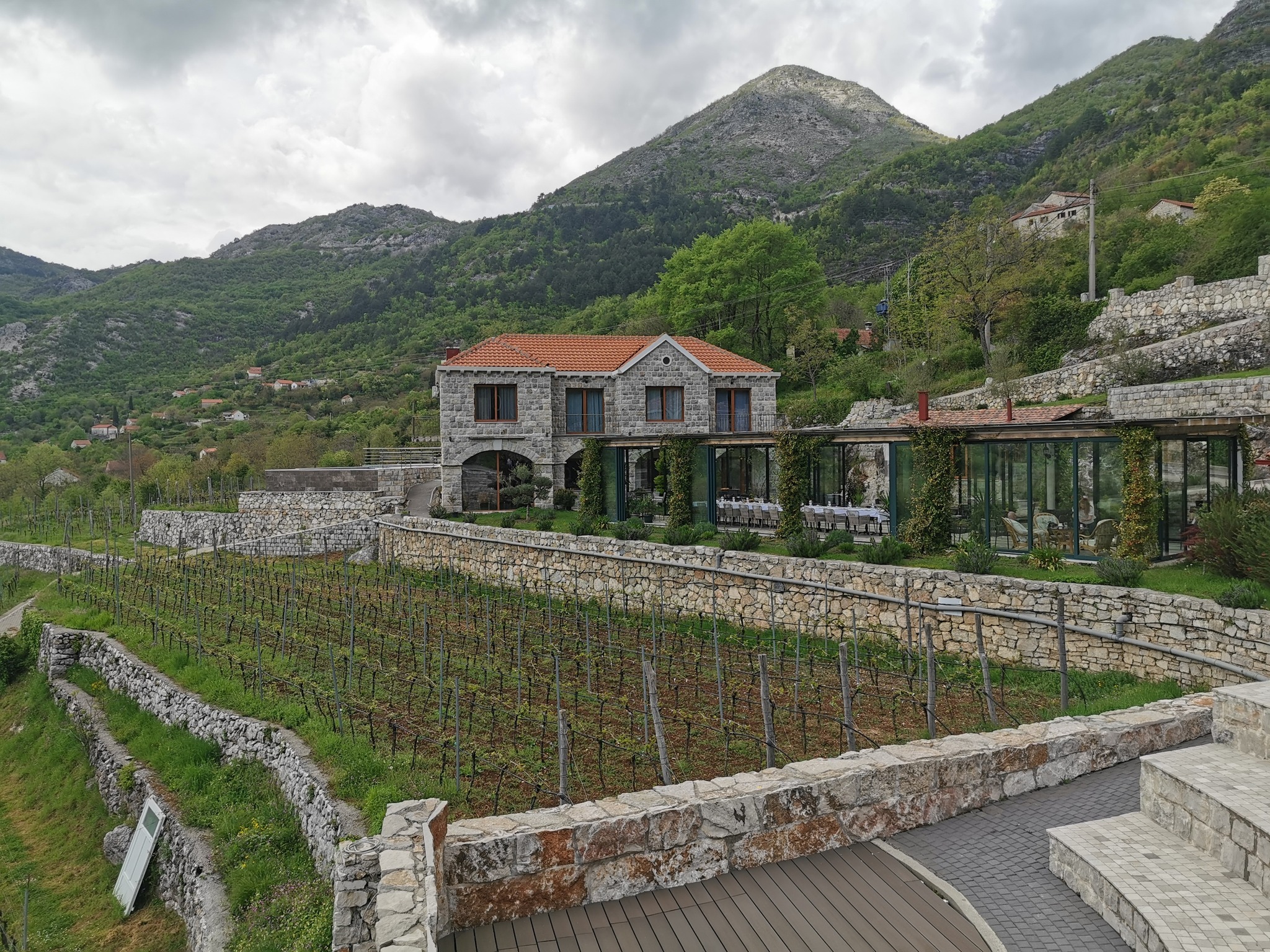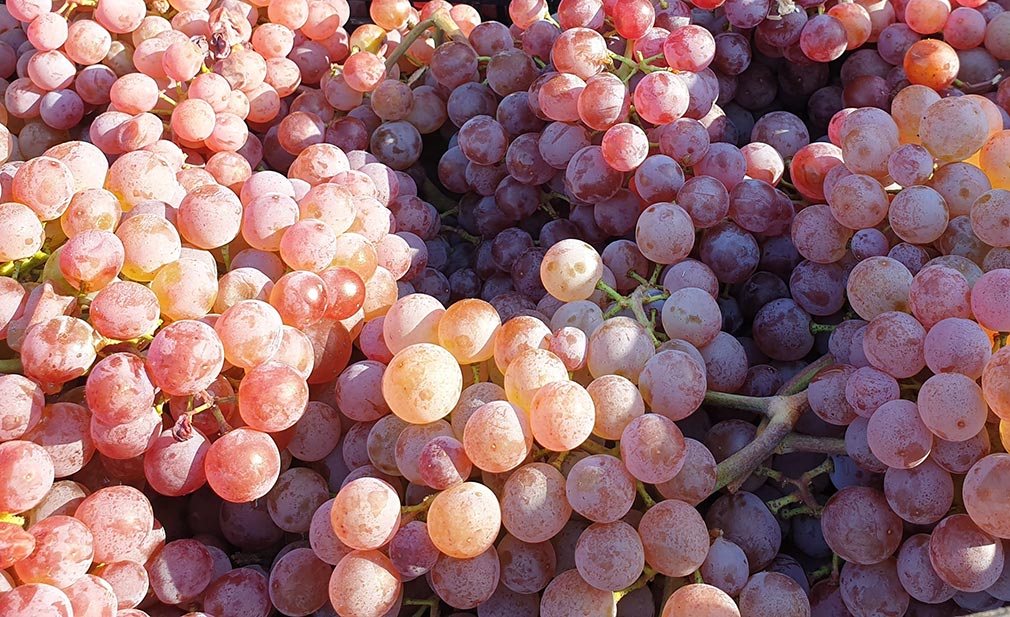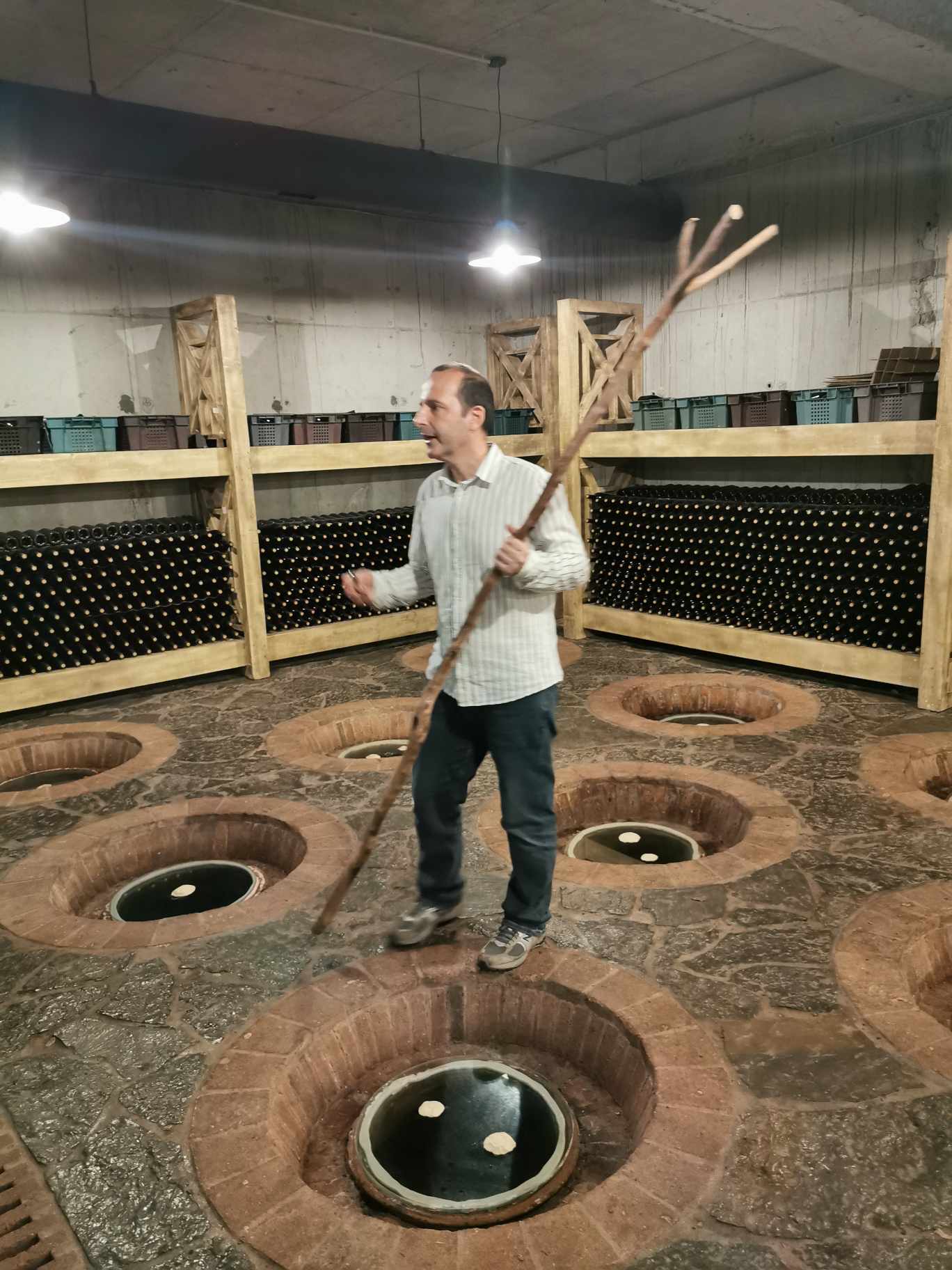News
News / 12/08/2020 / 1996
The concept of terroir and geographic origin are the basic concepts of winemaking in the 20th and 21st century. Initially reserved for the wines of the Old World, we can already see that wineries from the New World are increasingly giving importance to wine regions, vineyard locations and microclimates, and they communicate these to the wine audience. This is slowly erasing the division according to which the French (the Old World) put the land / vineyard position in focus whilst the New World winemakers gave priority to good viticultural practice. Apparently, the 21st century winemaking will be marked by a philosophy according to which both are necessary in order to show authenticity in wine.
At AgroNET conference and course on modern approaches to terroir wine production held in Prokuplje from 22nd to 24th October, 2020, Slavica Todić, PhD in her lecture stressed the importance of timely decision-making in viticulture in order to highlight the elements of terroir in wine.
.jpg)
Selection of location
The concept of terroir summarizes 5 elements: 1) terrain and topography, 2) microclimate, 3) soil and bedrock, 4) grape variety and 5) human labor in the vineyard and cellar. When planting a vineyard, the first element to select carefully is the location itself. The choice of location is a strategic decision on which all further activities in the vineyard will subsequently depend. The location is not only a geographic spot determined by a certain latitude and longitude, but it is also determined by altitude, terrain, aspect, surrounding... That is why it is often heard that "the best investment is the investment in the right location".
In addition to adequate selection of location, it is necessary to consider features of the local climate. This does not only mean the temperature range during the year (which will be especially important for you when making a decision on choosing grape varieties), but also precipitation, brightness (the amount of light affects the process of photosynthesis, synthesis of phenolic compounds). The sentence "vineyard prefers a beautiful view" underscores the right choice of position that respects all these elements, and thus the basis is laid for the vineyard to give its maximum.
Selection of grape varieties
The next step in vineyard planning is choosing a grape variety. Vineyard owners often give priority to personal affinities when choosing a variety. However, the priority is for the variety to be adapted to the local climate. An indicator of the correct choice of variety is the time of ripening. Varieties differ from each other in terms of thermal conditions for achieving full ripeness. Usually you will not find planted in the same location both Prokupac and Pinot Noir because Pinot Noir is a variety with lower requirements (lower cumulative degree days) and Prokupac is a well-known variety with high requirements. In order to properly emphasize terroir, it is necessary to plant late varieties in warm climates, and to choose early ripening varieties in cooler areas. The best expression of terroir is achieved in conditions that ensure optimal ripening.
Chardonnay is a widely present grape variety in vineyards that ripens optimally in the first half of September. However, if this variety is planted in warm regions, you will face too fast ripening and the aromatic substances in the grapes will not be completely synthesized, sugar will accumulate quickly, acidity levels will drop, and the harvest will shift to August. The outcome is full-bodied, strong wine, but flat and lacking aromatic complexity. Then the winemakers have to apply various techniques in the cellar in order to adjust the overall impression, but at the same time affect adversely the terroir in the resulting wine.
Selection of rootstock
When choosing a grape variety, the decision that must also be made is the choice of rootstock. The mistake made in the choice of the rootstock leaves lasting consequences because it affects vine vigour, yield, grape quality and ripening time. Therefore, vigorous rootstock should be chosen for poor soils, whilst less vigorous rootstock should be chosen for fertile soils. By far the biggest mistake you can make, which will give you a lot of frustration, headache and extra costs, is to combine a vigorous rootstock, vigorous grape variety and fertile soil.
Decision on planting density
Prior to planting a vineyard, it is necessary to make a decision about planting density. This refers to distance between rows and distance between the vines in a row. Care should be taken that rows are not positioned too close. The space between rows should be wider than the height of the row to prevent creation of shade. Certainly, it is important to leave enough space for unobstructed access of vineyard equipment. Due to inadequate decisions, it can happen (especially with vigorous grape varieties) that there are too many vines in a crammed space, which creates an unfavorable microclimate of the trellis (shade, moisture, disease development). Dense planting on fertile soil does not solve the problem of vigorous grape variety. Fertile soils require wider distance, similar to arid conditions. The adaptation of planting density to the conditions in which the vineyard is located can be observed if we compare planting density in different wine regions: Bordeaux 10,000 vines / hectare, Champagne 7,000-8,000 vines / hectare, New Zealand 2,500 vines / hectare, Serbia 4,000-5,000 vines / hectare.
The height of the vine is also determined by the thermal conditions of the region. For example, if we observe Cabernet Sauvignon vines in Bordeaux, we see that they are 30-50 cm high. Low trained vines in late varieties enable faster ripening, retain more heat in the cluster zone, but on the other hand there is a greater frost risk in the spring. High trained vine (trunk height of 50-90 cm) is easier to work in the vineyard. Also, it has better ventilation between the vines, and the frost risk is mitigated.
The height of the vine is a factor that can adjust ripening time of the grapes, that is, speed it up or delay.

Maintaining balance of the vine
All interventions in the vineyard have the same goal: to keep the vine in balance (ratio of green mass and grapes) and to achieve a favorable microclimate in the cluster zone (brightness, temperature, ventilation, humidity).
If we are talking about maintaining balance of the vine, then we should strive for the following:
0.8-1.2 m² / kg - leaf area to crop weight ratio
12-15 leaves per shoot
10-12 shoots / m
Keeping the vine in balance enables the grapes to ripen on time and evenly, to differentiate buds for the next season and to save enough reserves in the vine for the start of the next vegetation phase.
If this balance is disturbed and a larger quantity of grapes per square meter of leaf area is achieved, then you can expect reduced dry matter content, lower content of aromatic and fragrant substances and later ripening of the grapes. If you have a larger amount of leaves per kilogram of grapes on the vine, then you will face poorer quality grapes, the problem of overshadowing and a higher risk of disease.
Balance of the vine also regulates the number of shoots and the number of bunches.
In case of VSP trellis system, it is necessary to maintain canopy thickness of 30-40 cm. Thin, airy canopy provides a favorable microclimate in the cluster zone and optimal photosynthetic activity of the leaves. Excessive density of the canopy carries a high potential for infections, reduced efficiency of protective agents, chlorotic leaves inside the canopy and poorer quality of grapes, while the large leaf area does not result in increased photosynthesis and assimilation of CO2.
Timely defoliation has numerous positive effects, including better air circulation, faster drying of leaves and bunches, better penetration of protective agents into the inner sections of canopy, reduced appearance of grape rot, increased penetration of light into the canopy by 5-10%, reduction of canopy humidity by 25-30% and cooling of the bunches during the night.
In order to appropriately emphasize features of terroir in wine, it is necessary to make key decisions before planting the vineyard, since subsequent quality of grapes and longevity of the vineyard depend on them. Afterwards, viticultural practice needs to be adjusted to the conditions of a particular year.

Tomislav Ivanović
Awarded wine writer, wine critic and contributor to selected wine magazines. WSET3-certified author and editor-in-chief of www.vinopedia.rs. Member of Vojvodina Sommelier Association. Juror in national and international wine competitions. Lecturing about wines of Serbia and the Balkans. Local partner of Wine Mosaic organization. Co-founder of International Prokupac Day.

Pročitajte i druge članke iz ove rubrike:


VRANAC NA RASKRSNICI
PROČITAJ VIŠE


BALKVIWINE 2025 BEOGRAD
PROČITAJ VIŠE


KRATOŠIJA PROBUDILA CRNOGORSKE VINARE
PROČITAJ VIŠE


VINOPEDIA TOP 10 2024
PROČITAJ VIŠE


GIUAANI - VINSKI TURIZAM NA GRUZIJSKI NAČIN
PROČITAJ VIŠE
Winner MILLESIMA BLOG AWARD 2016

Pobednik MILLESIMA BLOG AWARD 2016
VINO & FINO wine personality of the year 2016

VINO & FINO vinska ličnost godine 2016